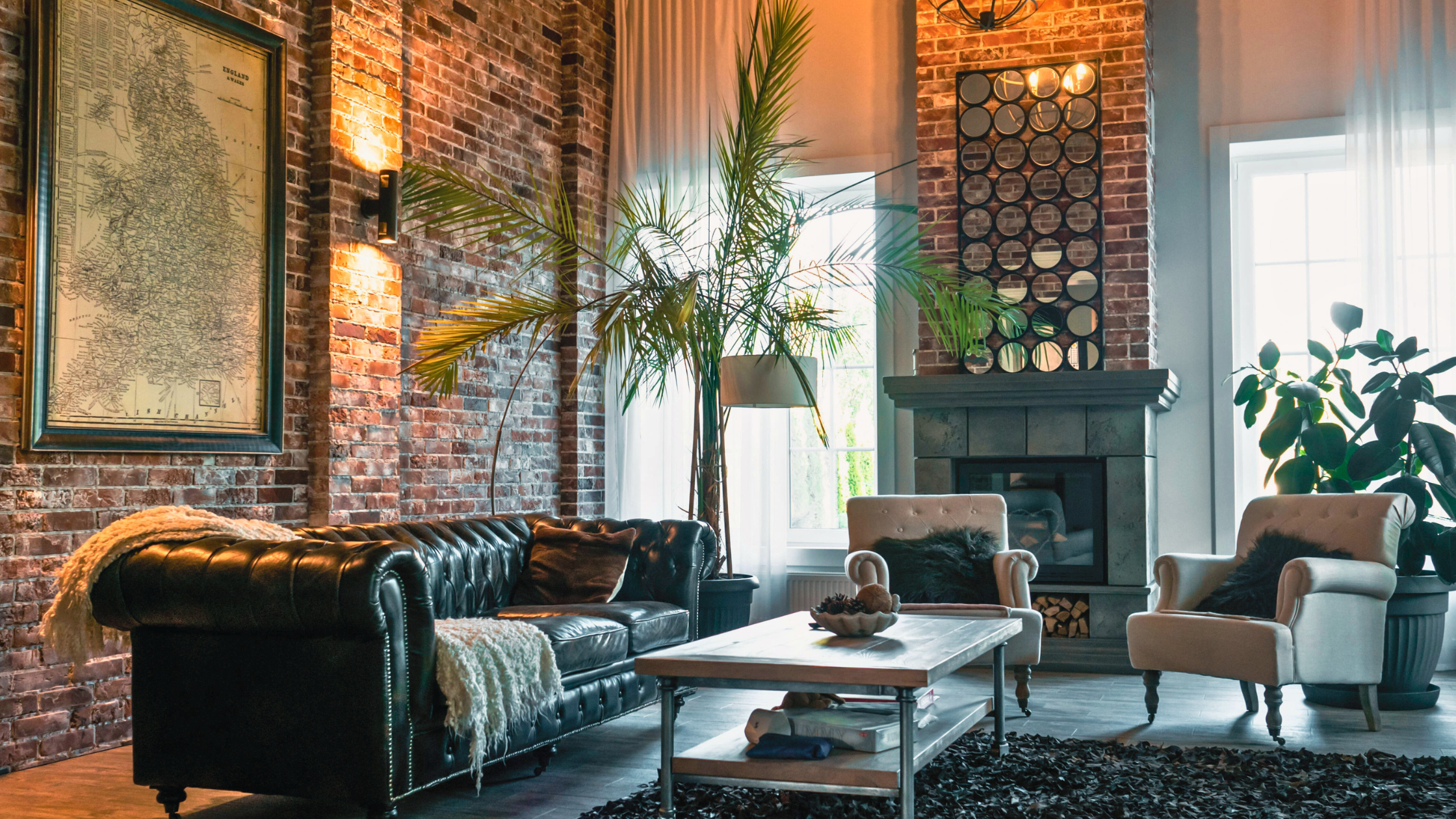Furnishing your first home is one of life’s most rewarding milestones. It marks the beginning of a new chapter—filled with decisions about design, comfort, and how to make your new space feel like home. But it also raises an important question: do you invest in long-term quality, or settle for short-term convenience?
A growing number of homeowners are turning to the Buy It For Life movement. This approach emphasizes purchasing furniture that is built to last—emotionally, financially, and structurally. It means shifting from the “fast furniture” mindset and embracing high-quality pieces that will stand the test of time.
If you’re planning to furnish your home and want lasting value, here’s how to embrace the Buy It For Life mindset with confidence.
1. Focus on Quality Craftsmanship in Your Buy It For Life Pieces
The cornerstone of the Buy It For Life philosophy is craftsmanship. When choosing wooden furniture, take time to inspect the construction. Cheaper furniture is often glued, stapled, or nailed together. While this may be cost-effective upfront, these joints don’t hold up well over time.
Instead, look for timeless joinery methods like dovetail or mortise and tenon joints—hallmarks of solid construction. These pieces are designed to last decades, not just years. If you’re unsure, ask the retailer or seller about how the piece was assembled. The details matter.
2. Evaluate Fabric and Finish for Buy It For Life Durability
Soft furnishings like couches, armchairs, and ottomans play a huge role in your home’s comfort and aesthetic. But many store-bought models sacrifice durability for style. That’s why the Buy It For Life approach encourages checking both fabric quality and upholstery methods.
For example:
-
Choose tightly woven, high-thread count fabrics that resist wear
-
Prioritize hand-tied upholstery methods for long-term support
-
Opt for down-wrapped cushions, which retain their shape better than foam
Also, don’t forget about maintenance. Treat leather and wooden surfaces with the appropriate conditioners and polishes to preserve their beauty.
3. Consider Weight and Age When Buying It For Life
One telltale sign of Buy It For Life furniture is its weight. A well-constructed piece—especially vintage wood furniture—will often feel significantly heavier than a mass-produced alternative. That weight comes from quality hardwoods and solid internal framing.
Similarly, age can be a reliable indicator of durability. If a piece is still sturdy after 50 or 100 years, it’s likely to last many more. That’s why vintage and antique shopping plays such a big role in the Buy It For Life movement. You’re not just buying furniture—you’re investing in legacy.
4. Find Unique Buy It For Life Pieces in the Secondhand Market
One of the most rewarding aspects of this philosophy is discovering hidden gems in flea markets, antique stores, and secondhand marketplaces. Not only does this make Buy It For Life more accessible on a budget, but it also supports sustainability and reduces waste.
Some tips for shopping vintage:
-
Inspect pieces closely for signs of damage or rot
-
Look for manufacturer marks or labels that show authenticity
-
Avoid particle board and laminate when searching for wooden pieces
Don’t be afraid to mix eras and styles. Vintage furniture adds character to modern interiors and becomes a conversation starter in your home.
5. Make Your Buy It For Life Furniture the Centerpiece—Not the Rule
You don’t have to fill your entire home with heirloom-quality furniture. The Buy It For Life philosophy encourages strategic investment. Choose one or two standout pieces for each room that serve as both functional and aesthetic anchors.
Think of:
-
A high-end sofa in the living room
-
A handmade wooden dining table
-
A beautifully crafted headboard or bedroom dresser
You can pair these with more affordable, trend-driven items to maintain budget flexibility without sacrificing the soul of your space.
Bonus Tip: Buy It For Life Doesn’t Mean Matchy-Matchy
One common misconception is that buying timeless furniture means sticking to one strict style. In fact, modern design trends favor eclectic pairings—where quality, comfort, and uniqueness come together.
The Buy It For Life approach works best when you focus on individuality and intention. Don’t worry about matching every chair or table. Instead, choose items that speak to you and enhance your space—pieces that tell your story, not follow a catalog.
Final Thoughts: Why Buy It For Life Is Worth It
Whether you’re furnishing your first home or upgrading your current space, embracing the Buy It For Life mindset will reward you for years to come. You’ll enjoy:
-
Better comfort
-
Lower replacement costs
-
A more sustainable lifestyle
-
Unique pieces with personal significance
It’s not about spending more—it’s about spending smarter. With these tips, you can curate a home that’s beautiful, functional, and built for the long haul.



